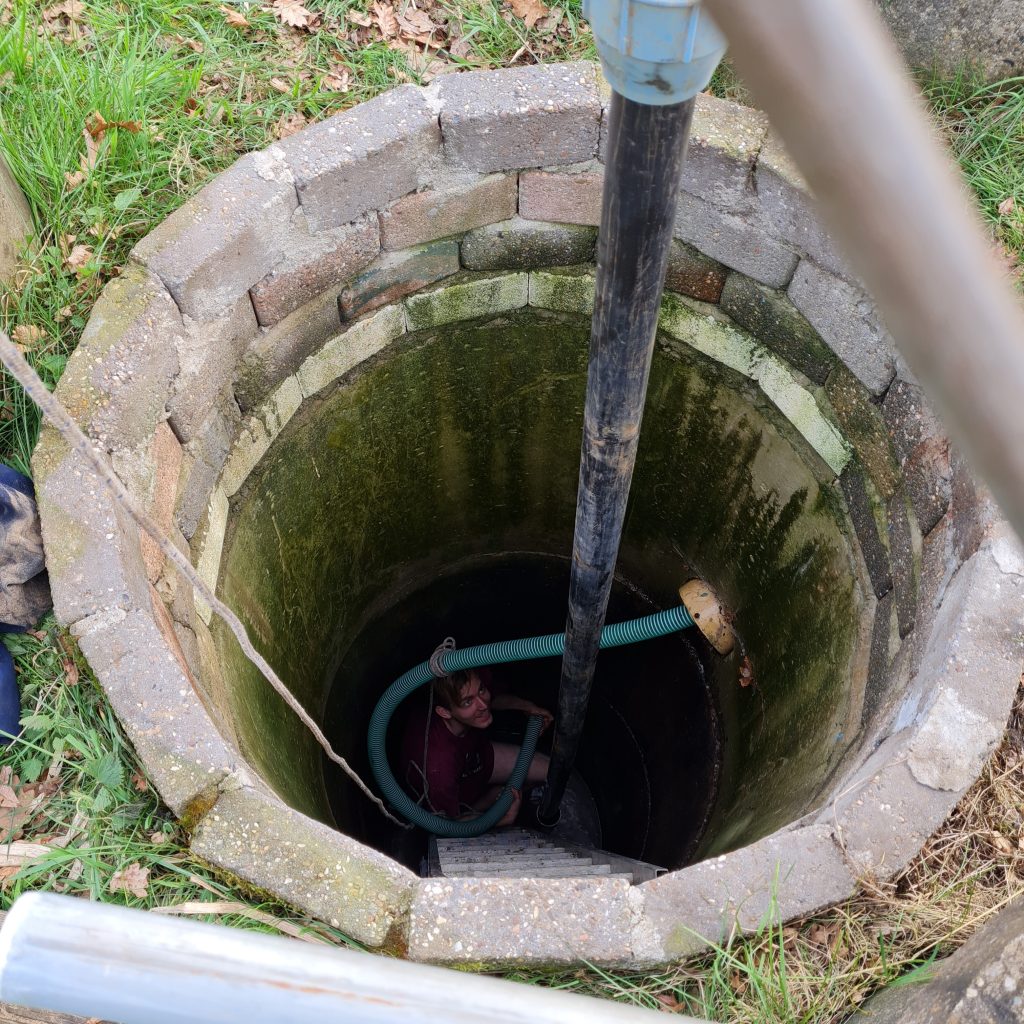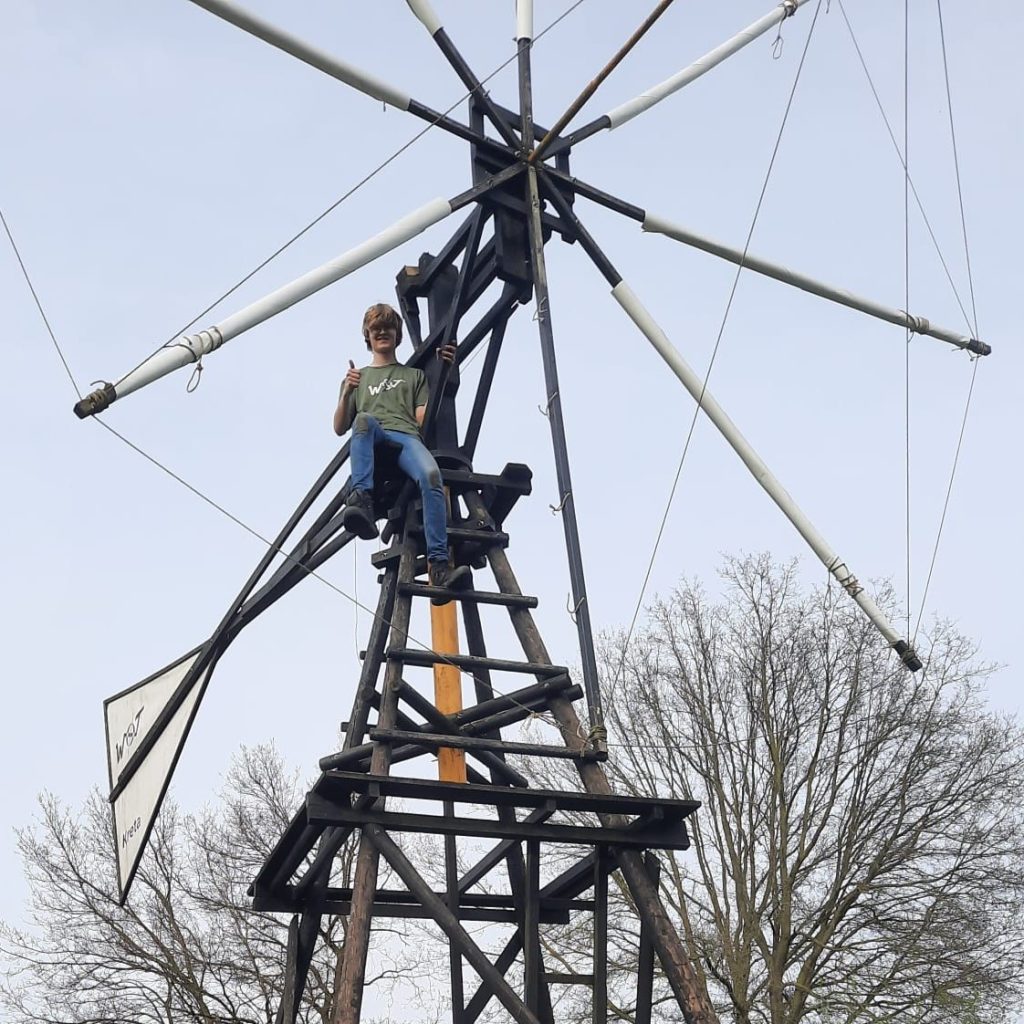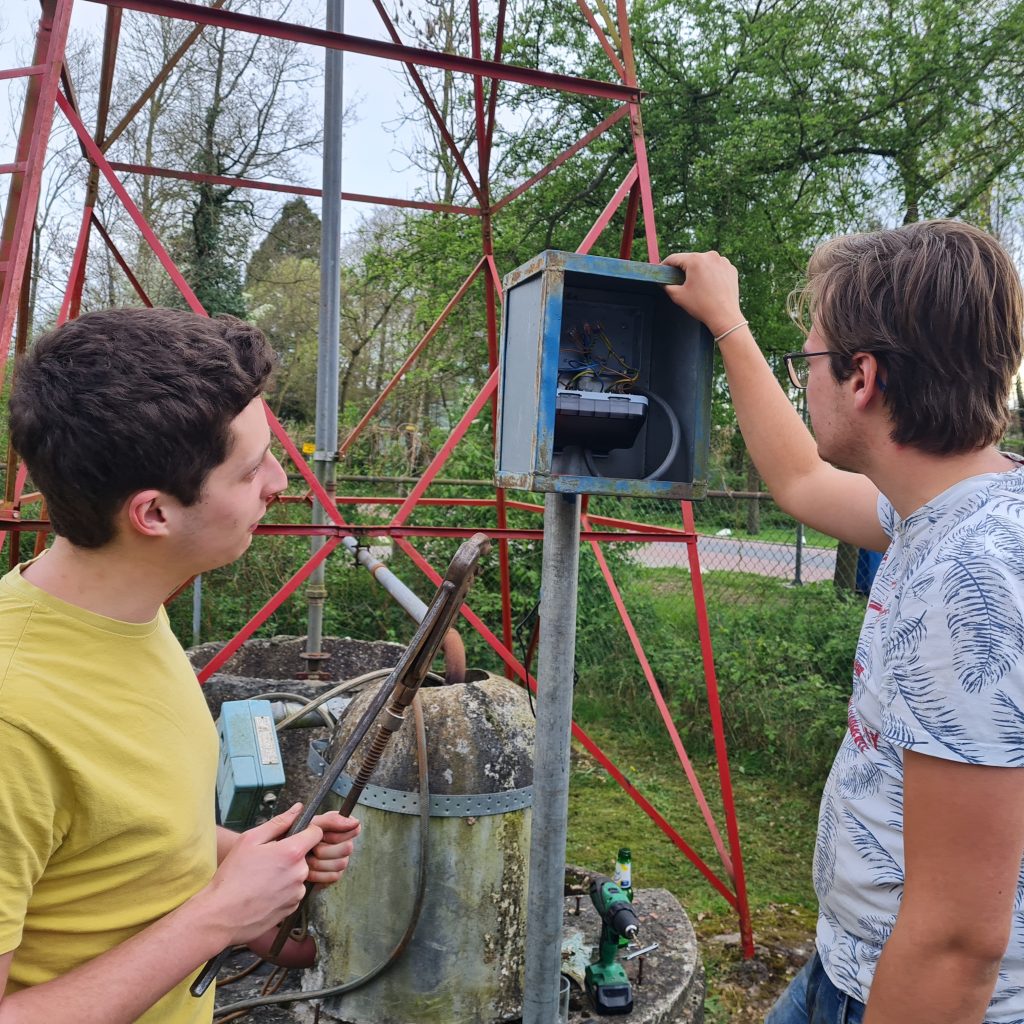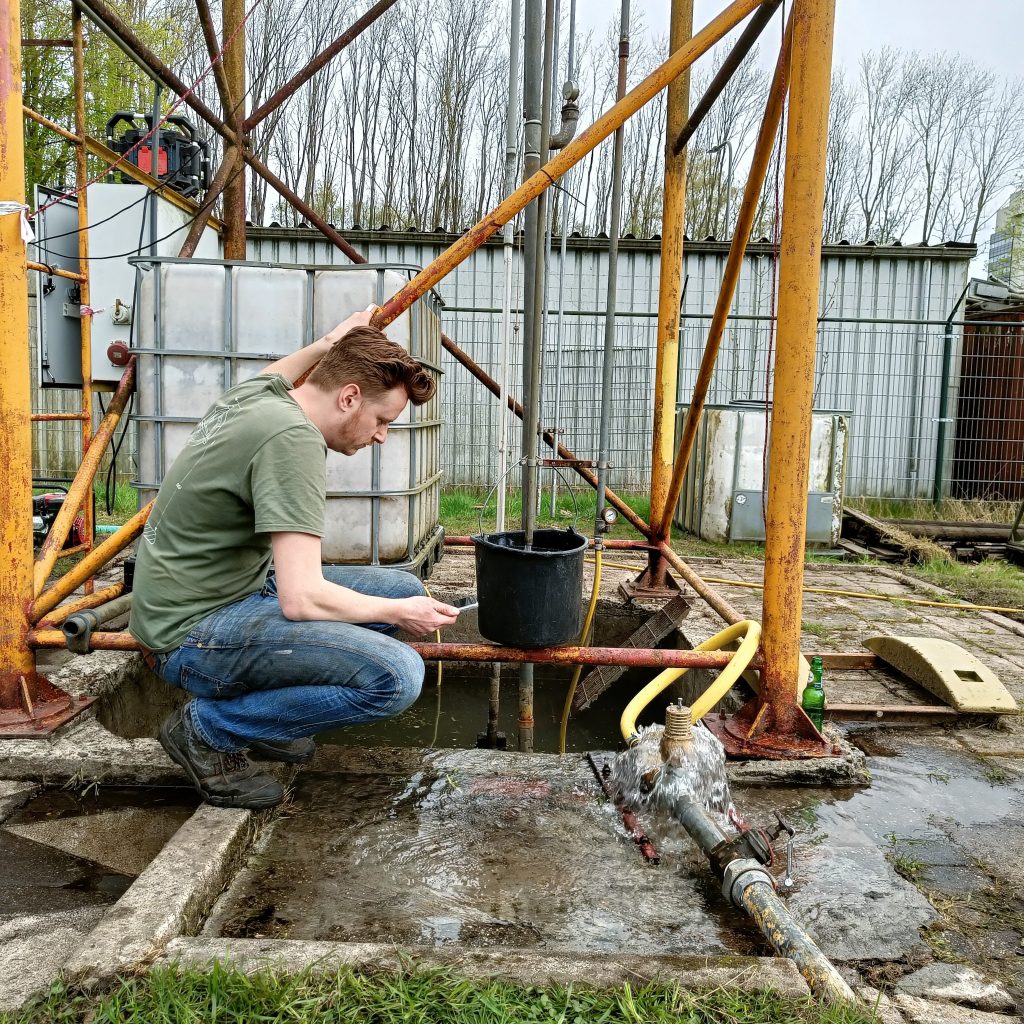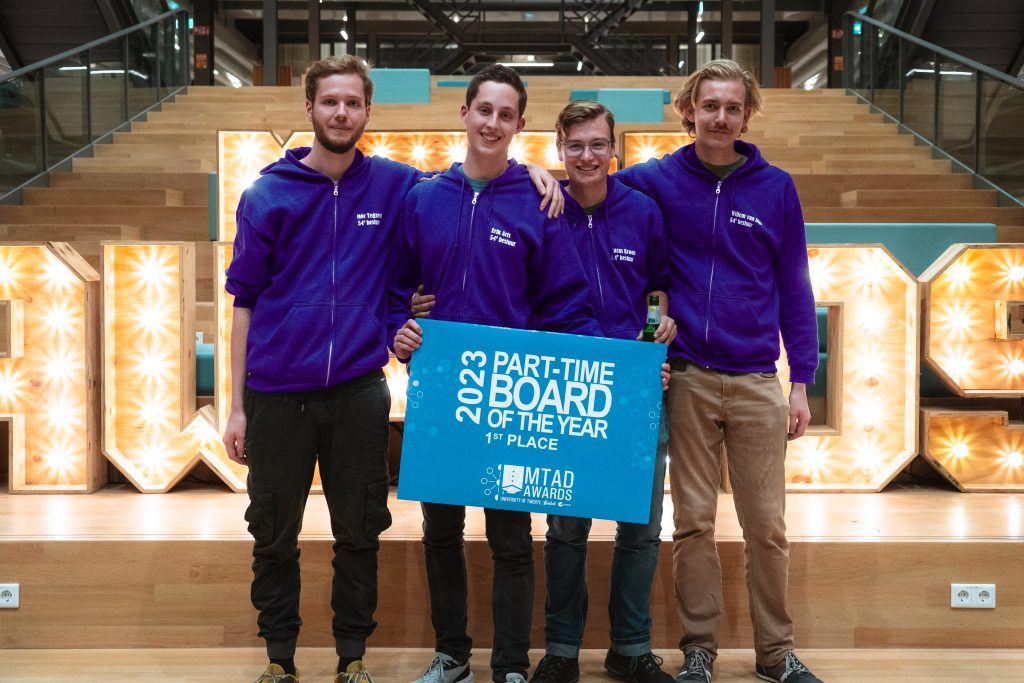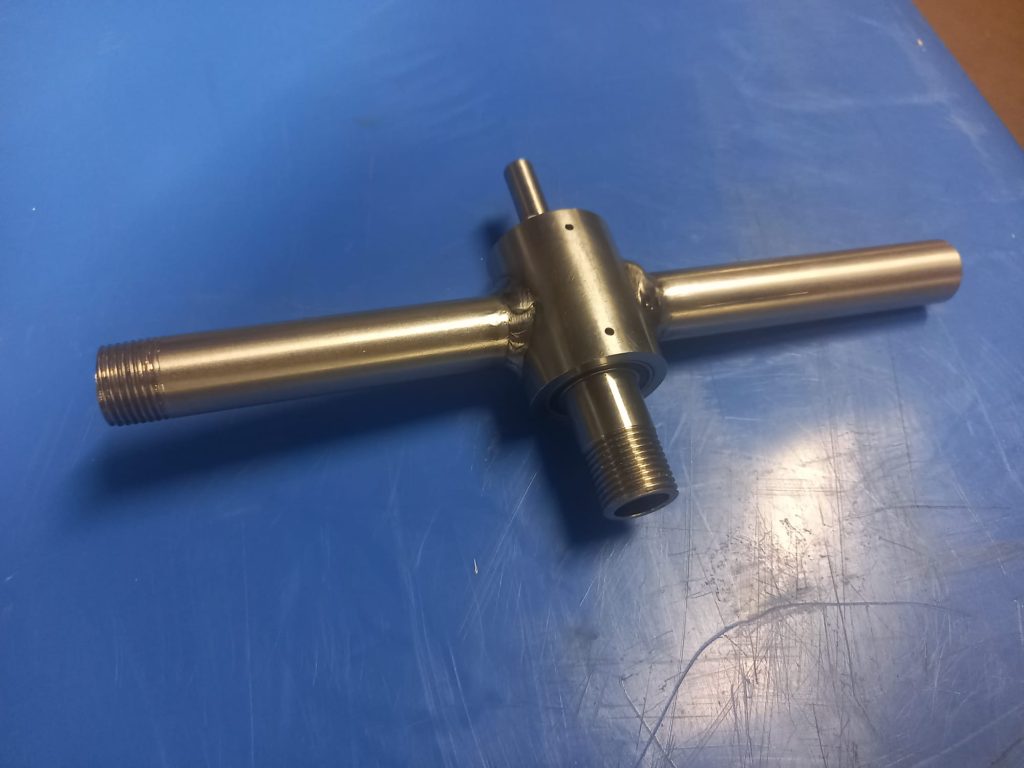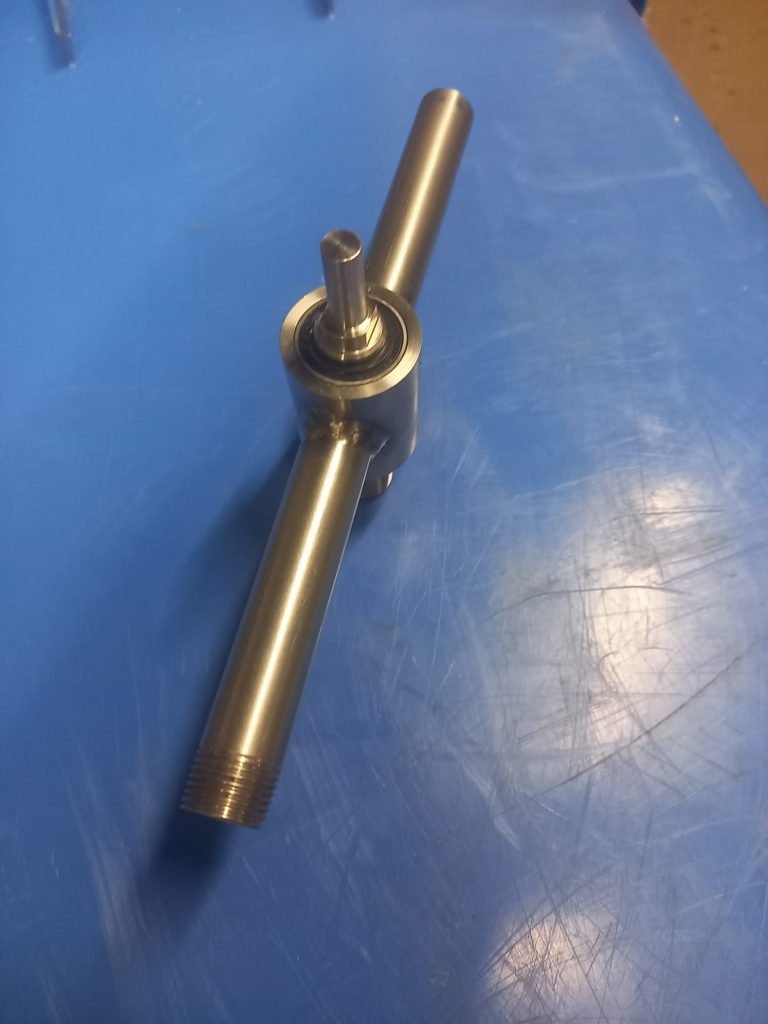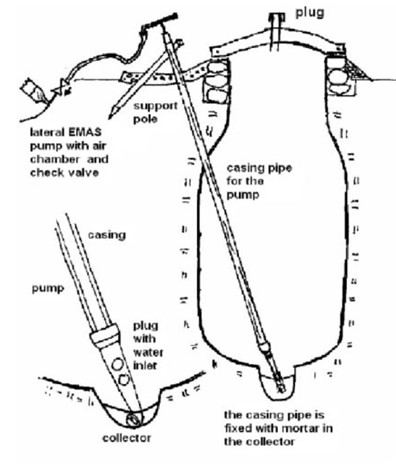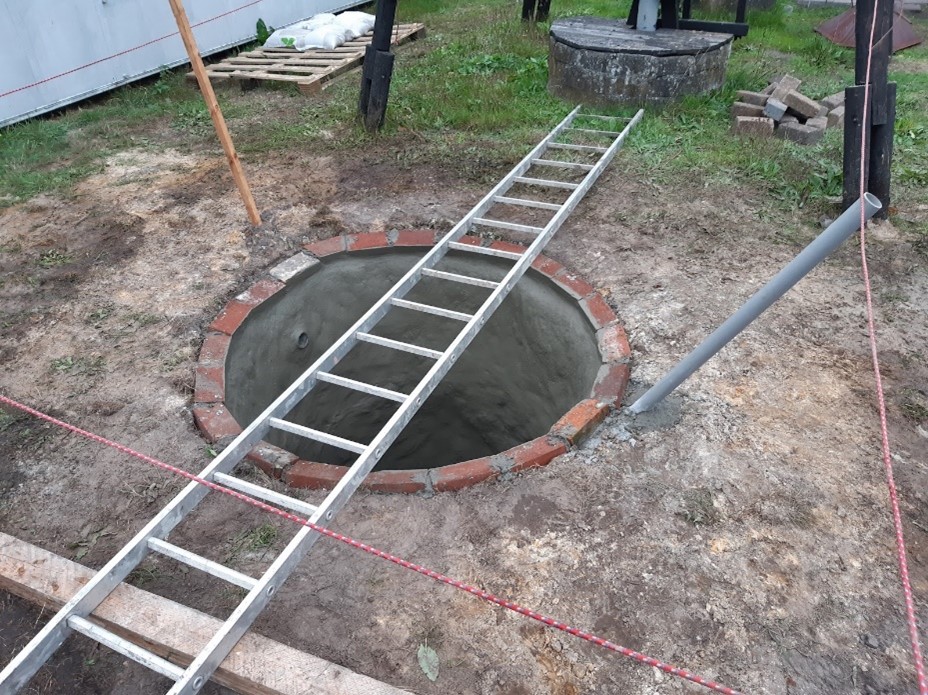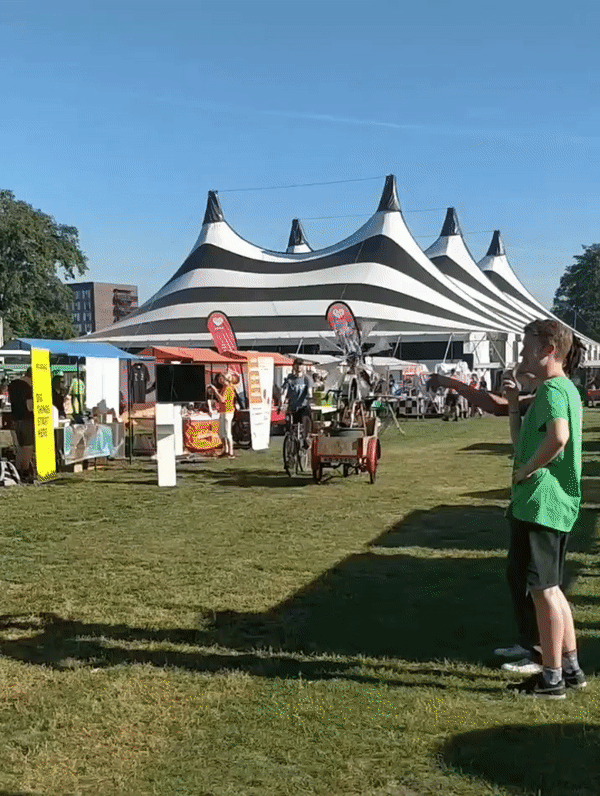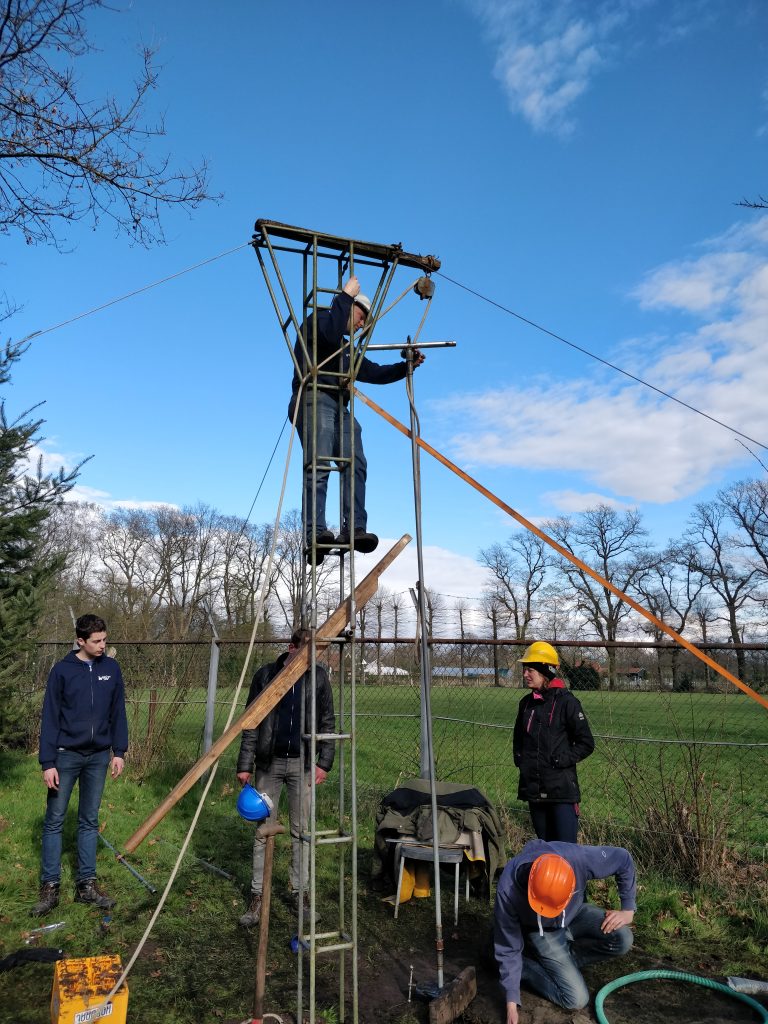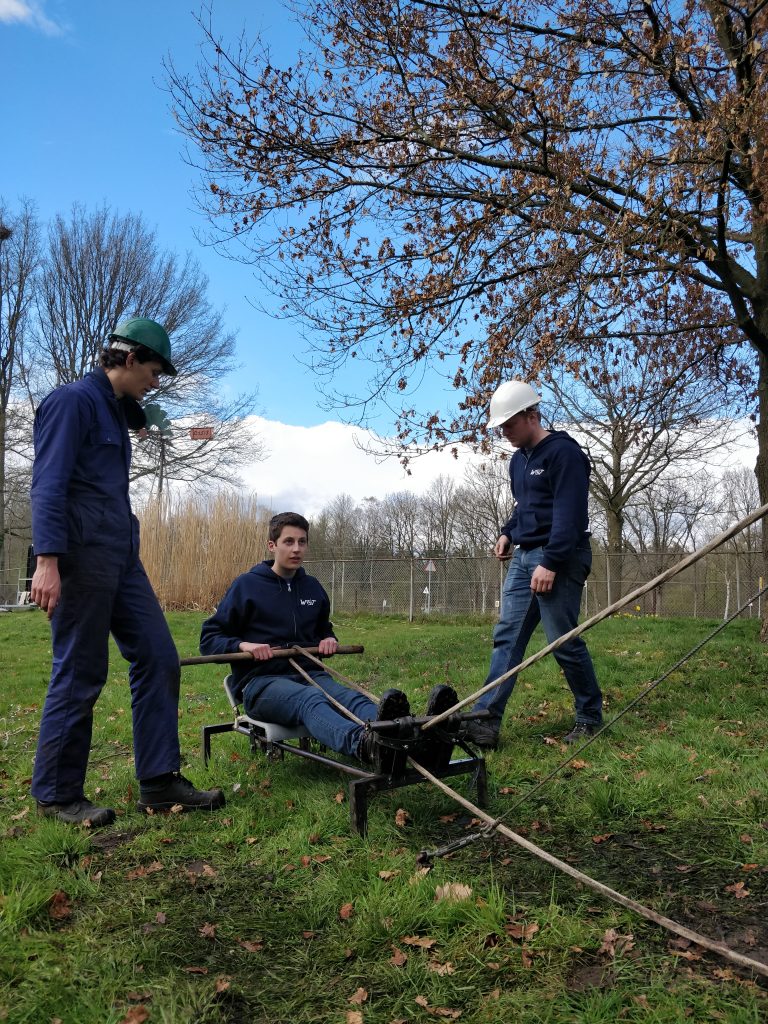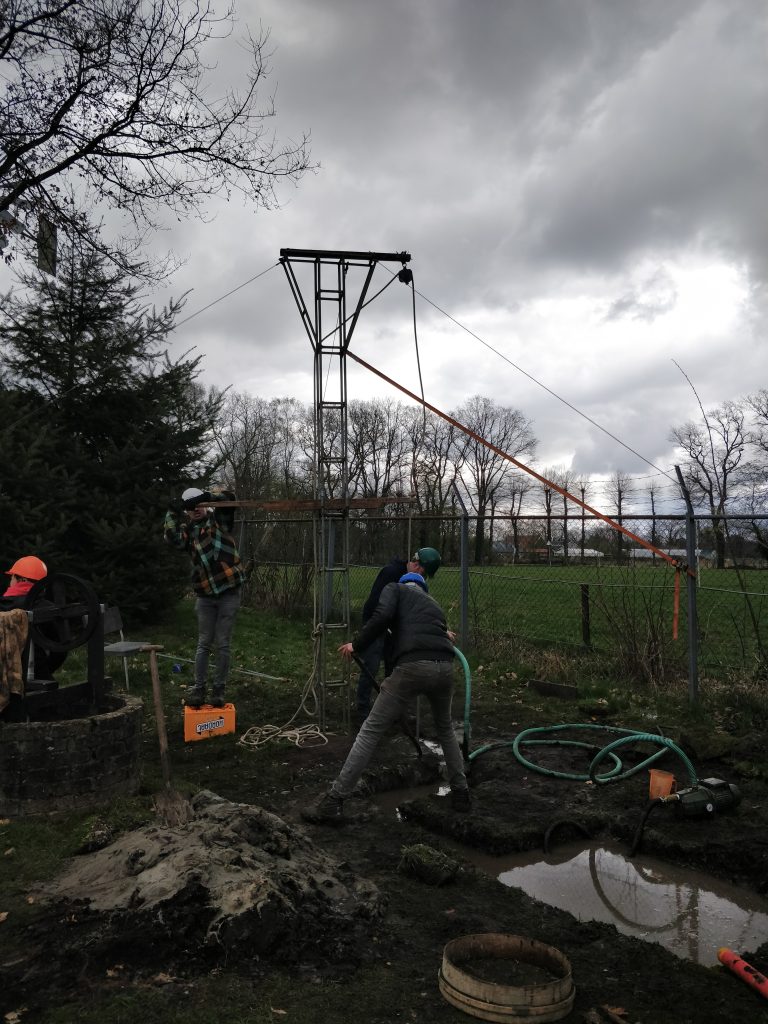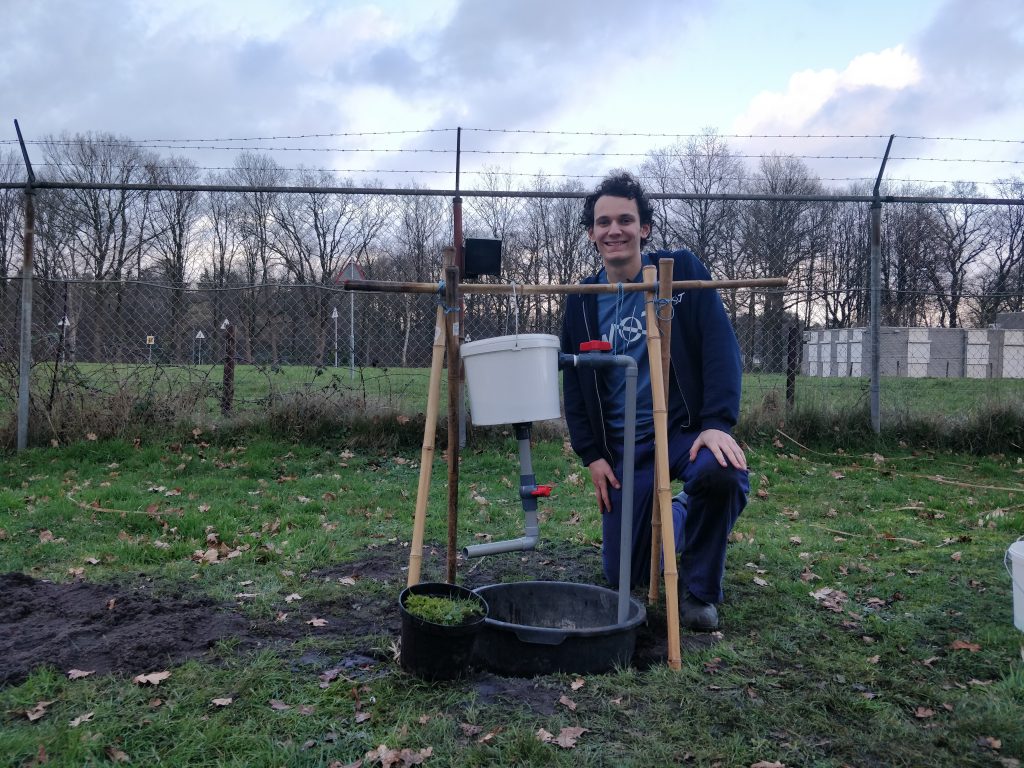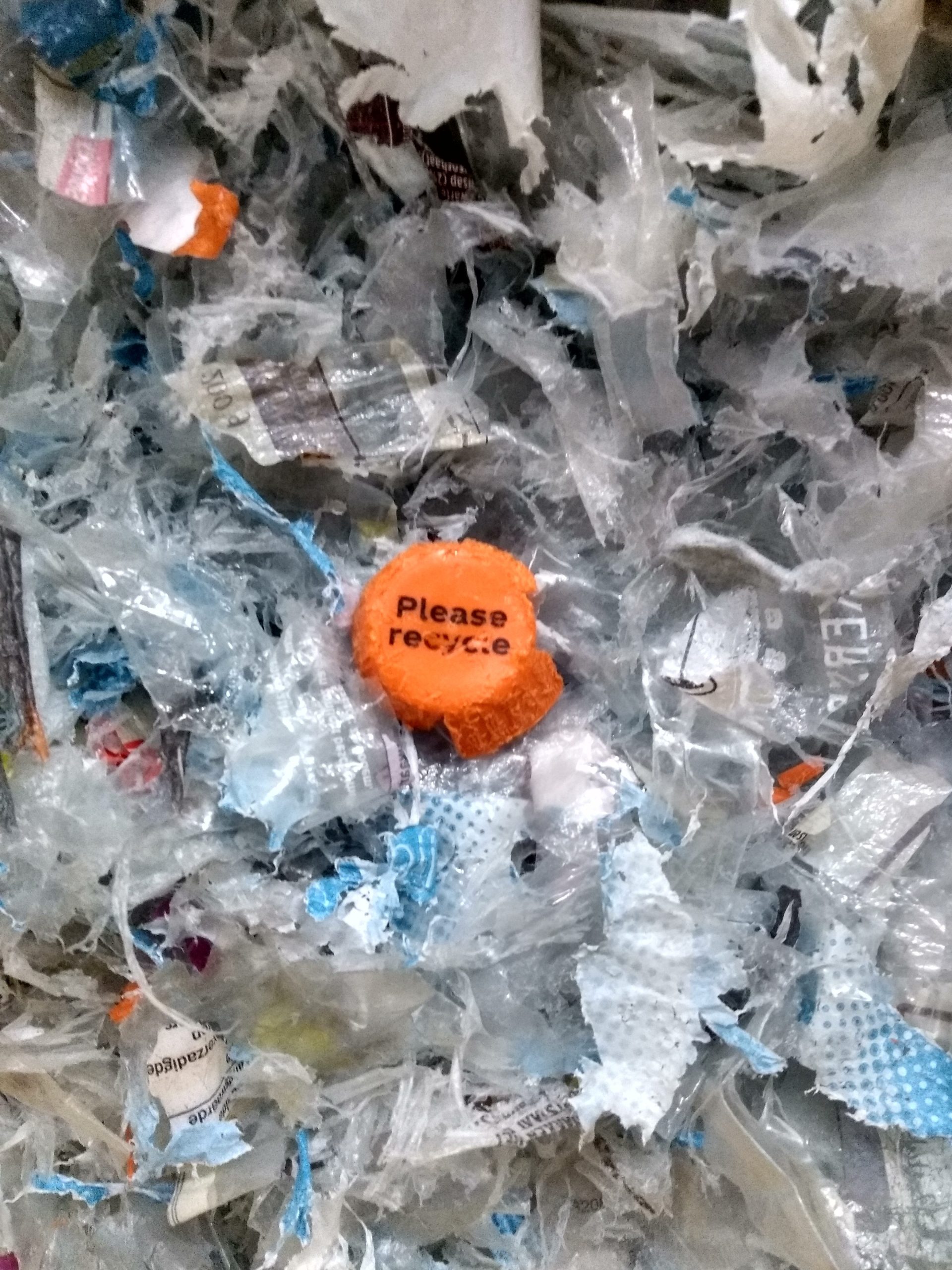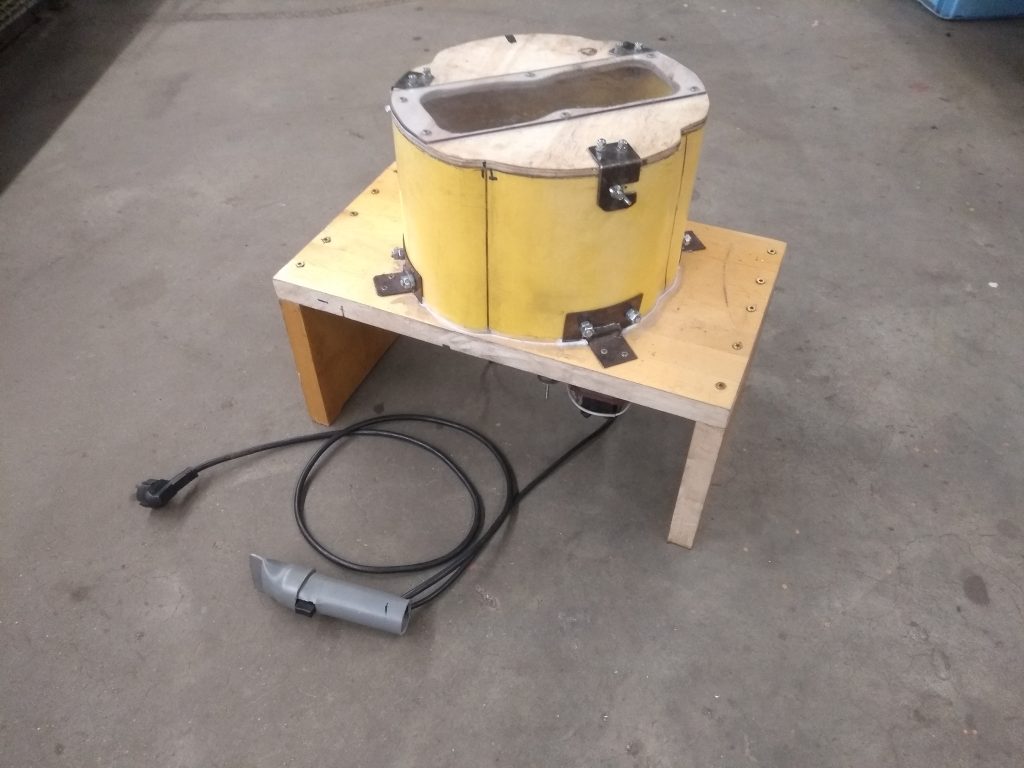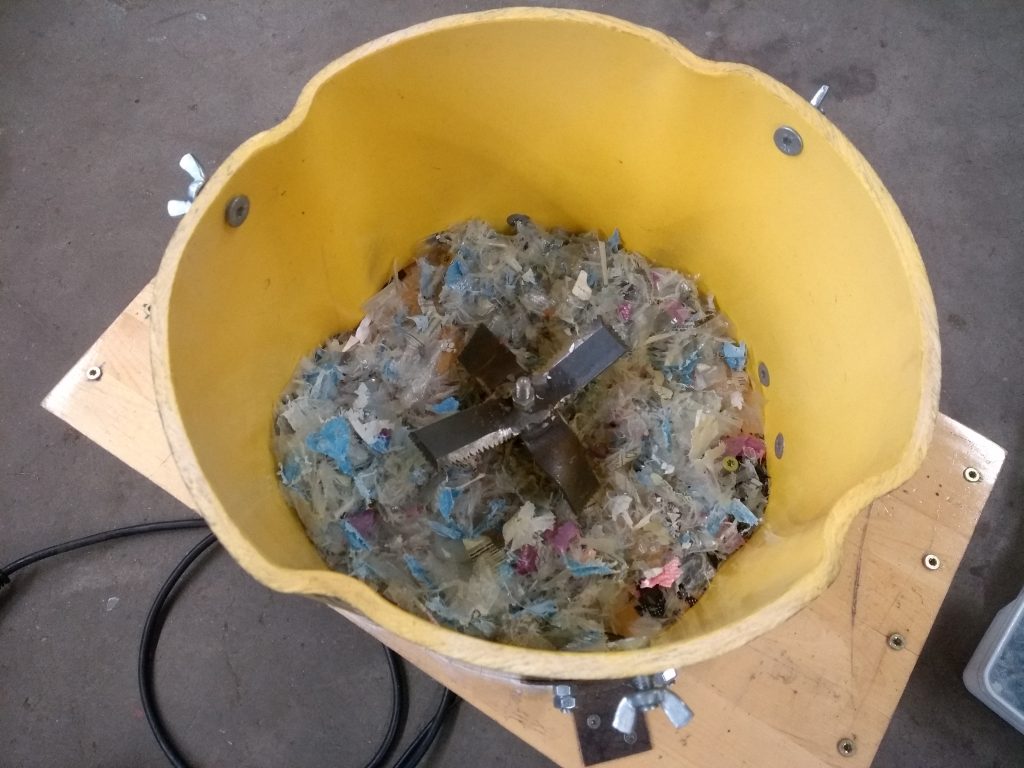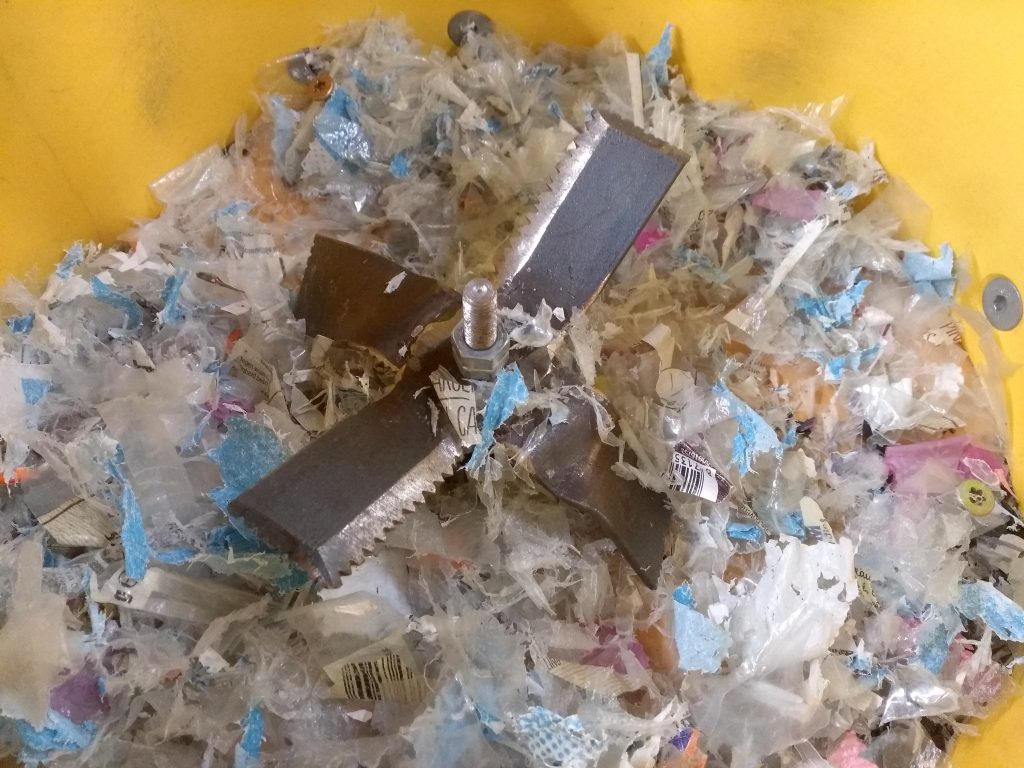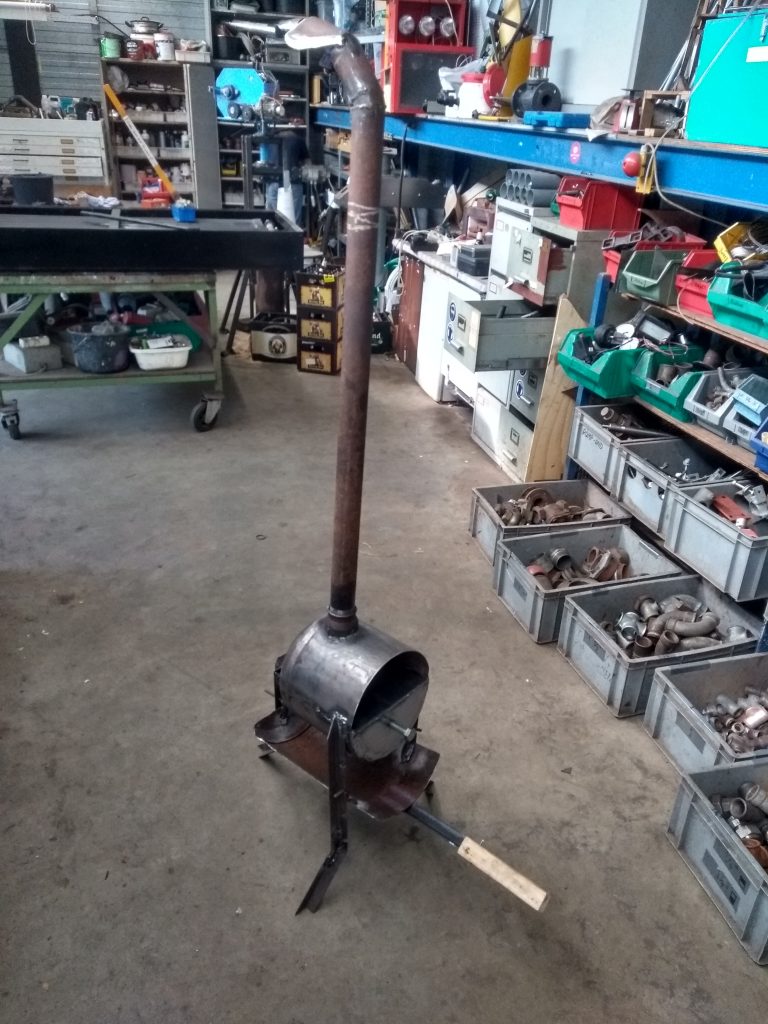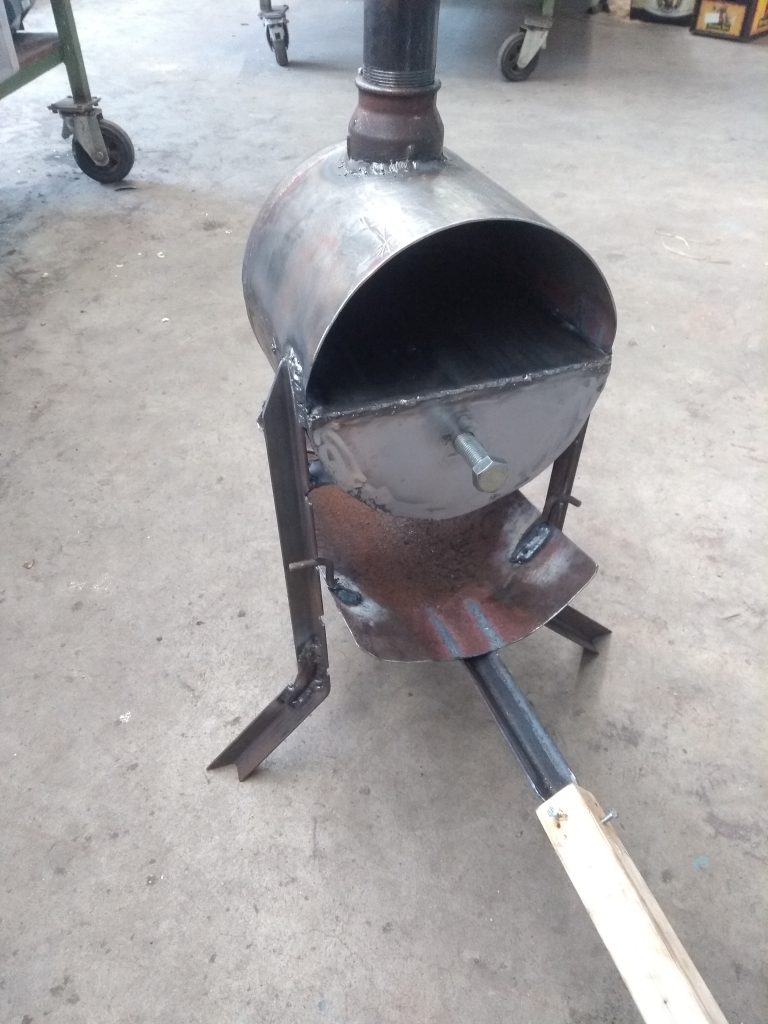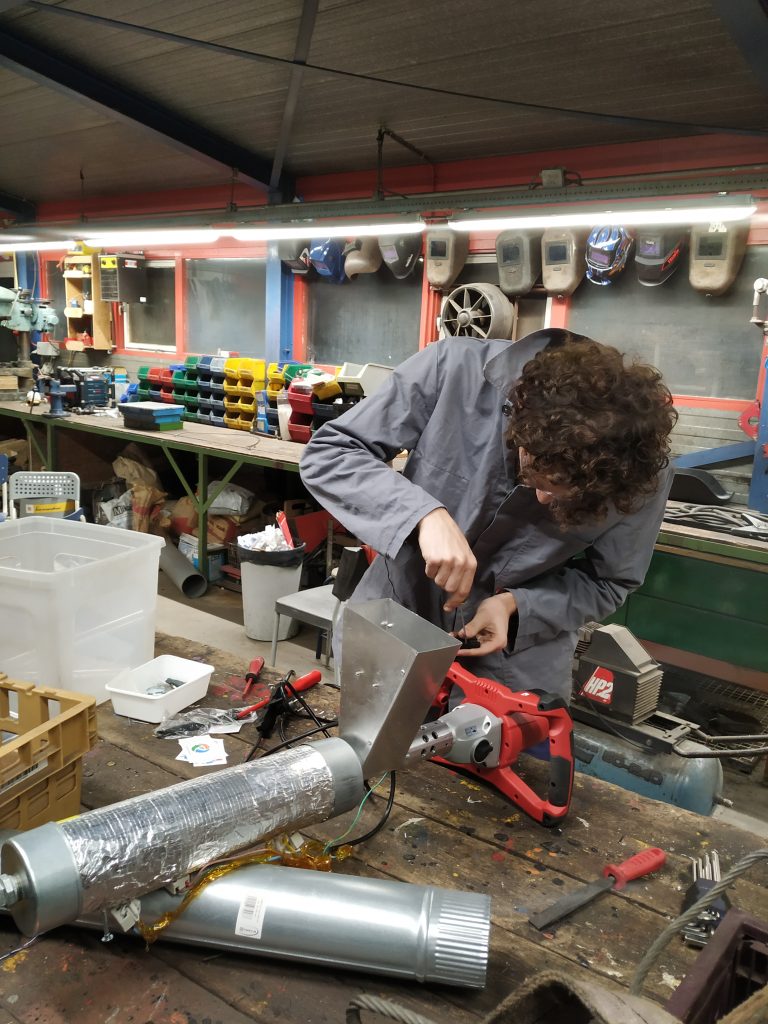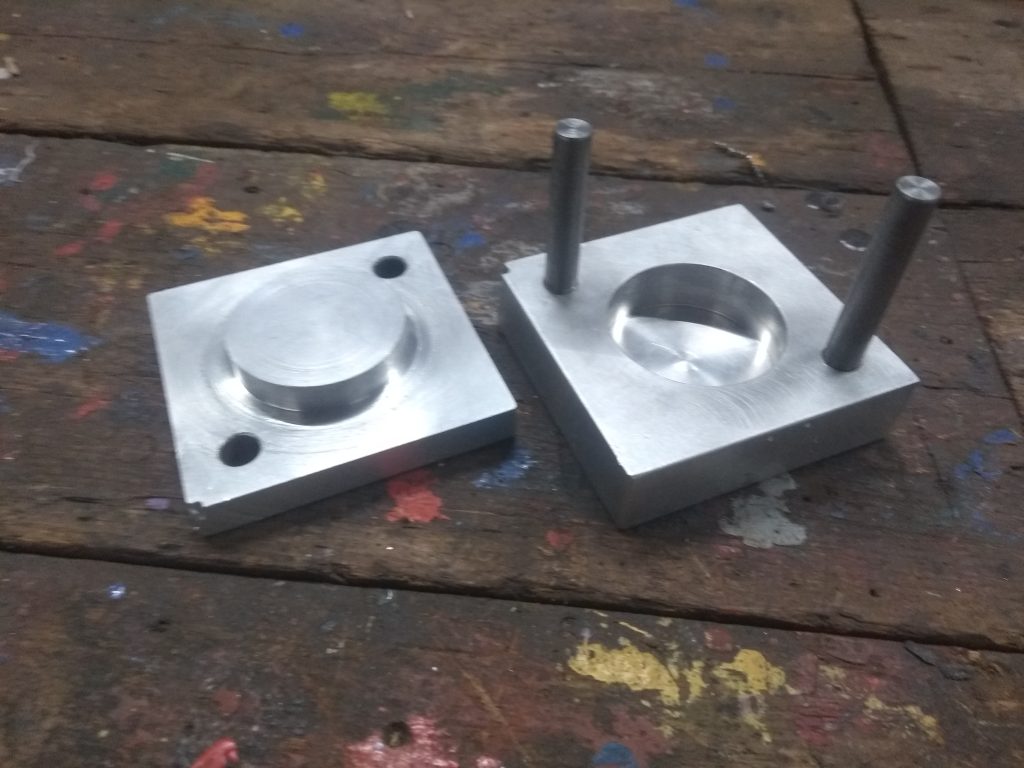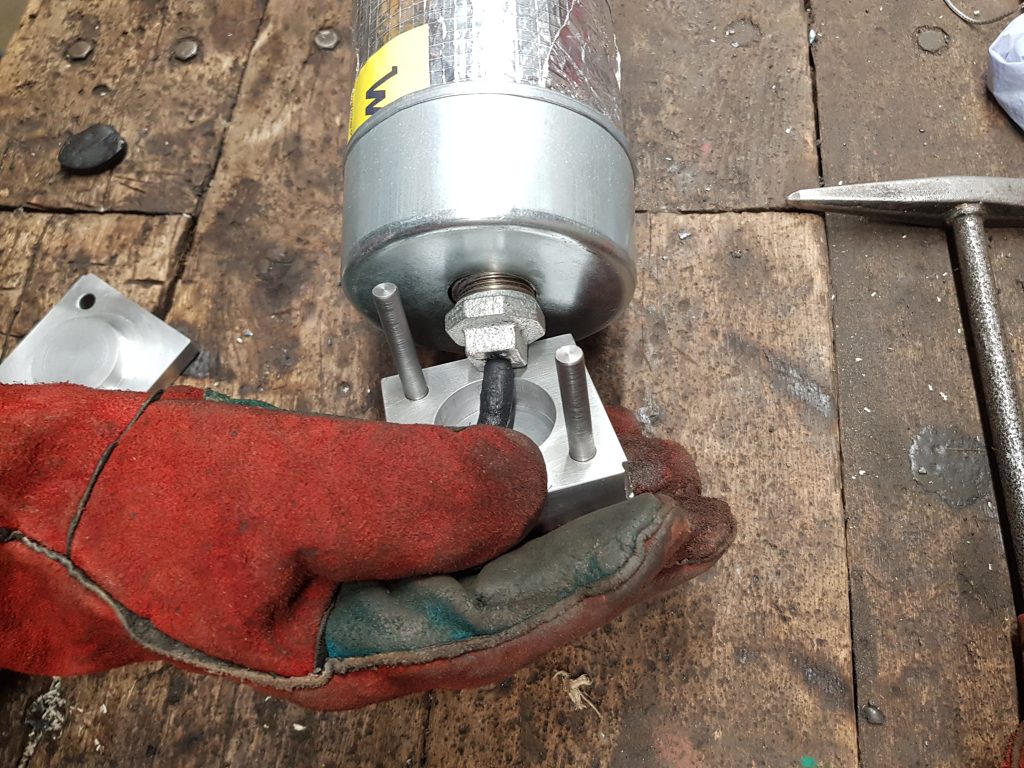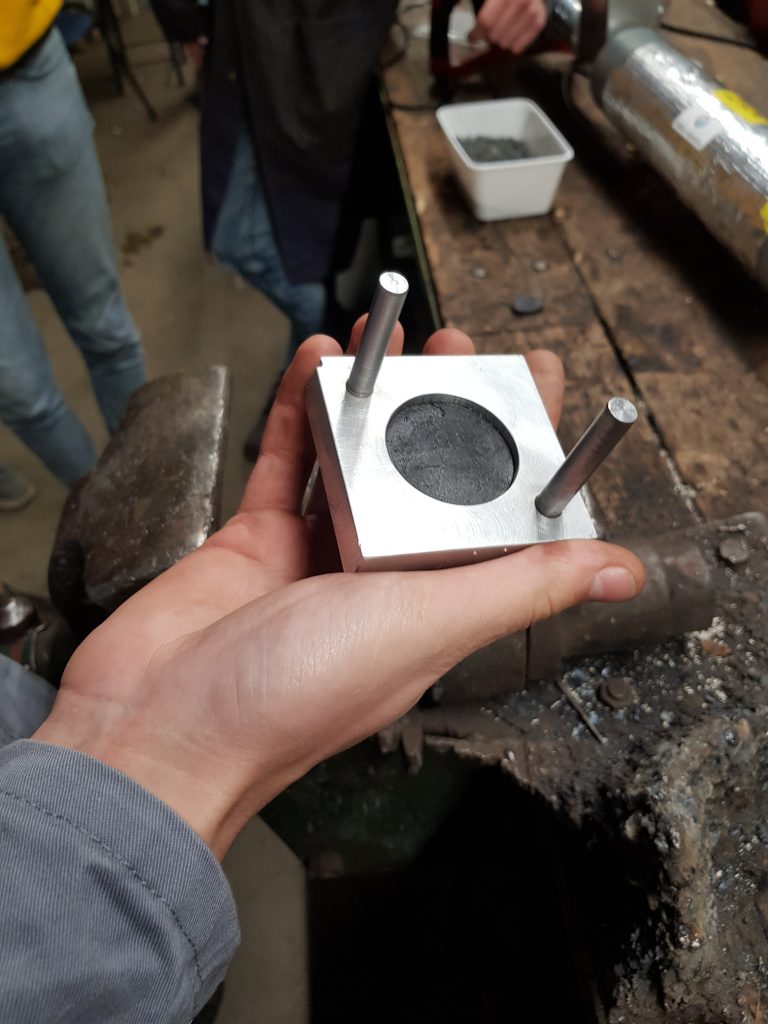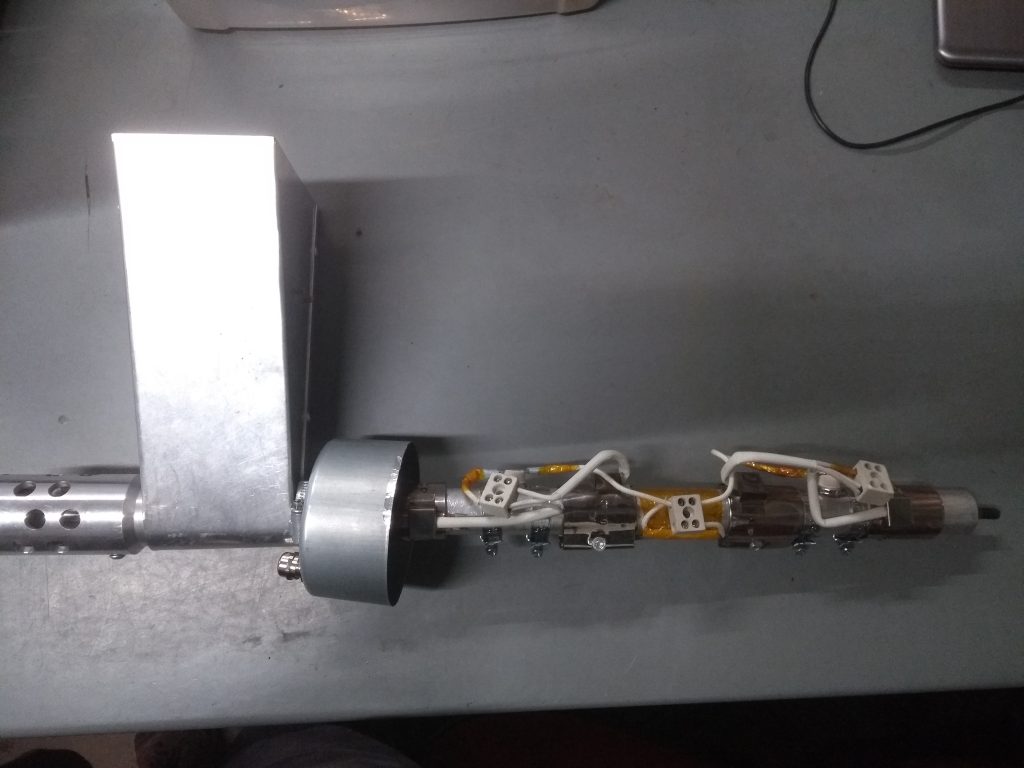It’s finally spring and at the working weekend we were busy like bees. This time the focus was on fixing the windmills on our terrain. The crankshaft of the Oasis needed to be placed back. The mystery of the ripped sails of the Cretan windmill had to be solved and the ripped sail needed to be repaired. The Diever needed a new breaking pin and we also wanted to install an underground power line to the Diever so we can put our praised windmill in the spotlight 🌟. Besides fixing the windmills, the Breurram was going to be tested at the PTB tower to see how much flow it produces on different heights.
We started the working weekend off with some pancakes, but soon after we all started on our projects. The crankshaft of the Oasis was temporarily removed. The Wednesday before the working weekend it was hardened to make it more sturdy, this morning it was placed back. The breaking pin in the Diever was replaced so she could pump again. Meanwhile the dig for the trench towards the Diever started. At the back of the terrain the PTB was cleaned using a pressure washer and prepared for the Breurram test.
The Cretan windmill had a ripped sail that needed to be repaired by gluing pieces of pvc sheets over the tear lines. After a while it was decided that the edge of the wing could be used to cover these tears and still have it look white. Towards the end of Saturday the wing was fixed and put back into the Cretan windmill, which started pumping soon after. The suspected reason why the blade ripped is because the ropes that hold the blades open were too loose.
During the working weekend the Kijito was still waiting on new parts so we could not repair her pump. In the meantime it was suggested that the reason the old pump did not work was because it sucked sand from the bottom of the well. The sand probably made the old pump wear out quicker. Therefore the well was deepened such that when the new pump is installed it will wear out slower.
At the end of the day we finished with a BBQ 😋, celebrating our achievements halfway into the working weekend. And even after this the people who were eager to dig finished the trench and layed the cables towards the new power supply at the Diever. In the afternoon of Sunday the trench with the cables was filled again and the new socket was installed at the Diever.
On Sunday the first test for the 2” Breurram took place. With the water pressure provided by the ferro-cement tank it pumped water up the PTB. The flow of the Breurram at 5 different heights along the PTB was measured by measuring the volume of water displaced up the tower in 15 minutes. The pump itself ran without interruption for more than 1 hour despite a somewhat irregular pulse frequency. The data of this test will be processed and soon you can read the elaborate results in another blogpost, here.
We also appreciate all the smaller maintenance that was done on the terrain, namely that a large portion of the lawn was mown. So the terrain and her windmills can once again be appreciated in their full glory.

